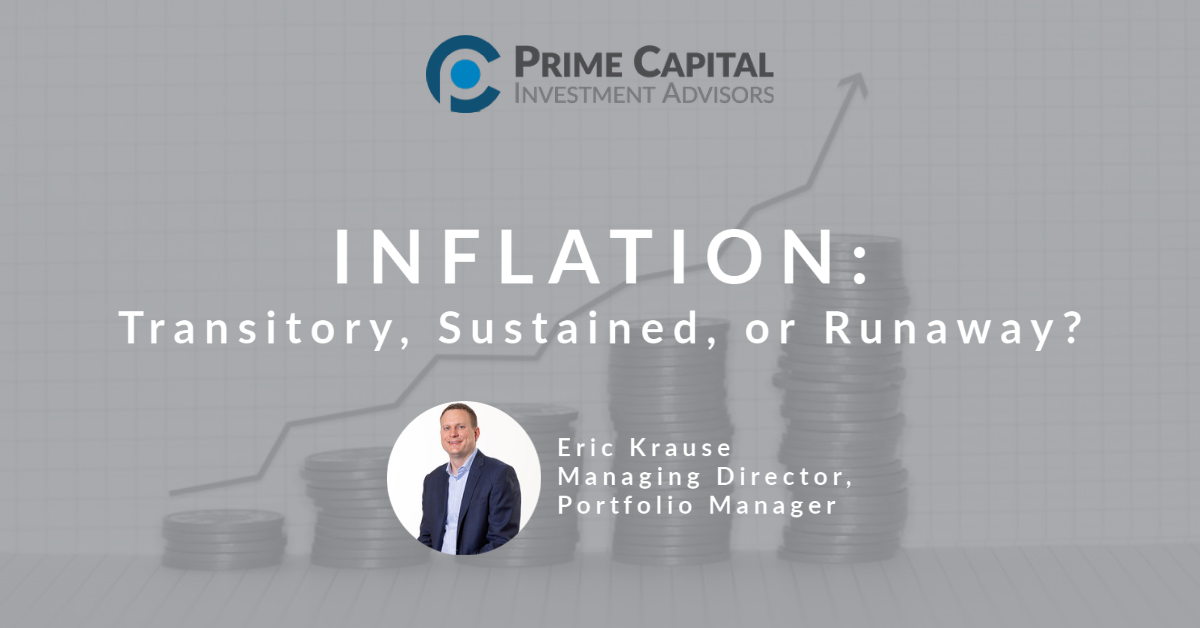When investment options that are most accessible to the investing public seem volatile or uncertain, investors may look to other options that are independent and uncorrelated to the stock and bond markets. Private equity provides an opportunity to gain exposure to alternative investments that are not available on public financial markets. Because the performance of an alternative investment in something like private equity is not linked to market performance, adding diversity to your portfolio via an alternative investment strategy is something you may want to think about.
House Hunting? Here’s What You Could Do With Your Down Payment
The typical down payment on a home ranges between 5% and 20% of the home’s purchase price, which doesn’t include extra closing costs after the sale. Those who have saved thousands of dollars for a down payment now face an interesting dilemma regarding what to do with that cash until their dream home becomes available. This question is more complex today than it has been historically due to low interest rates on savings accounts, coupled with increasing pressure from inflation. However, many are also wary of investing their money in something that could potentially provide a negative return.
Here are three things to consider as you decide what to do with your down payment while you wait.
Choosing The Right Investment Strategy With A Roth IRA
Peter Thiel, a PayPal co-founder, invested approximately $2,000 worth of PayPal shares in a Roth IRA during the late 1990’s. Today, those shares are worth an estimated $5 billion, and Thiel won’t owe taxes on any of the gain if he waits until the age of 59 ½ to withdraw money from that account. Although it’s unlikely that Thiel’s success can be replicated by an ordinary investor, his story demonstrates that Roth IRAs are a great place to hold those investments carrying a high-risk, high-return label.
Living Trust Benefits
A living trust can offer an effective strategy for passing and granting assets. Here’s what you need to know!
Marriage and Money
Historically, June has been the most popular month for weddings. Marriage brings change to a couple’s financial situation that can affect all aspects of their life together. With it being wedding season, we thought we’d share some financial implications to help you as you enter this new time of your life.
Before the “I Do’s”
- Communication is crucial to a successful marriage. Money is often considered an uncomfortable and sometimes even controversial subject. However, understanding the complete picture of each other’s finances is crucial to starting things off on the right (and honest) foot. Have a heart-to-heart about how each of you value money, how your parents talked with you about finances and your spending tendencies (i.e. one person prefers to save, one person spends more freely).
- Commit to transparency with one another. Be sure to disclose all assets, liabilities and credit information. Your wedding is a celebration of your love. But marriage is a legal contract and it’s important to know what you’re getting into before committing your lives to one another.
- Create a plan. If you have significant debt, create a plan together on how you will pay it off.
- Create a household budget. By creating a budget, you create a framework for how to achieve your financial goals as a couple. Ask yourselves questions like, “What are your top priorities in life?” and “Will one of us stay at home full-time or part-time to care for children?”
- Talk about a financial plan for your wedding. Between flowers, dresses, venues and food, wedding costs can easily get out of control. Determine your wedding budget, figure out how much assistance if any you will get on the costs and then set up your expenditures accordingly.
After You’ve Tied the Knot
- Update account beneficiaries. If you have life insurance or retirement accounts, this is a good time to update your beneficiaries. This helps to ensure that, when the time comes, the assets you accumulate are distributed the way you intend.
- Have regular check-ins. Remember when we said communication is crucial to a successful marriage? Well, we mean it! Financial discussions are ongoing. Set a regular “marriage meeting” (weekly, monthly, bi-monthly) and talk about whether your budget is still on track or if you need to make adjustments.
- Consider working with a financial advisor. Clearly we are big advocates of using an advisor. And for good reason. A financial advisor is a neutral party who can help work through the differences you and your spouse may have. They can also help you see your spending habits more clearly and work with you on a reasonable plan based on your unique financial goals.
- Talk about retirement. Yes, seriously! Whether you’re 24 or 44, it’s important to talk about your retirement goals as early as possible so that you can work toward them immediately. Consider whether you are both on the same page about your ideal retirement age. Discuss your expectations for retirement and the lifestyle you envision for yourselves. This is another way a financial advisor comes in handy, helping you establish your plan and keeping you accountable to it, in good times and in bad.
Are you and your partner ready to create a plan for your future together? We are ready to help! Set up an appointment with one of our advisors to get started.
*Securities offered through Private Client Services, Member FINRA/SIPC. Advisory products and services offered through Prime Capital Investment Advisors, a Registered Investment Advisor. Prime Capital Investment Advisors doing business as Qualified Plan Advisors, “QPA.” Private Client Services, Qualified Plan Advisors, and Prime Capital Investment Advisors are unaffiliated entities. 6201 College Blvd., 7th Floor, Overland Park, KS 66211
*Prime Capital Investment Advisors, LLC (“PCIA”) and its associates do not render any legal, tax or accounting advice nor prepare any legal documents.
Inflation: Transitory, Sustained, or Runaway?

The buzz word of the year in the financial industry has without a doubt been “transitory.” This is the label that Federal Reserve Chairman, Jerome Powell, Treasury Secretary, Janet Yellen, and many leading economists have placed upon the recent surge in inflationary pressure sweeping across the country. While inflation has been somewhat dormant coming out of the financial crisis in ’08-’09, it’s been painfully visible for anyone who has tried to build a deck, buy a used car, or hire new employees in recent months. Inflation can also have major implications for financial markets, as analysts and investors obsess over every word from the Federal Reserve trying to understand exactly when this unprecedented level of “easy” monetary policy will start winding down.
The argument from those in the “transitory” camp would suggest that this bump in prices was inevitable due to the massive disruption in the supply chain from the COVID-related shutdowns, coupled with a surge in demand from consumers as the economy springs back to life. The Federal Reserve sagely began preparing for this scenario almost a year ago, when they shifted their “inflation control” policy to seek an average rate of 2% over the long run, rather than a fixed target, giving themselves the flexibility to keep policy loose (interest rates low) even if inflations should spike for a few months or even a few years.
Those that fear runaway inflation would argue that this new approach could be dangerous. They are concerned that the massive amount of stimulus money sent directly to consumers in the last 12 months, funded by an ever-increasing mountain of debt, will cause prices to spin out of control. The consequence of this, they fear, would be a need for a more drastic movement upward in interest rates, as was seen in the 1980’s. This could indeed cause a severe recession and potentially a sharp decline in real estate prices as affordability would drop overnight.
So which side is correct? We will take a deeper dive into this topic in our quarterly newsletter, but in short, we fall somewhere in the middle. We’ve already seen evidence of cooling in some of the hottest commodities from a few months ago (lumber, copper, etc.). But it’s quite possible that other areas that have seen price increases, such as the cost of labor, might be more sustained. This “elevated” but not “runaway” level of inflation shouldn’t spell disaster for investors, but does require careful consideration in the portfolio construction process. As I mentioned above, stay tuned for more on this topic in the coming weeks, but please don’t hesitate to reach out to our team if you would like to discuss your personal thoughts and concerns in more detail.






